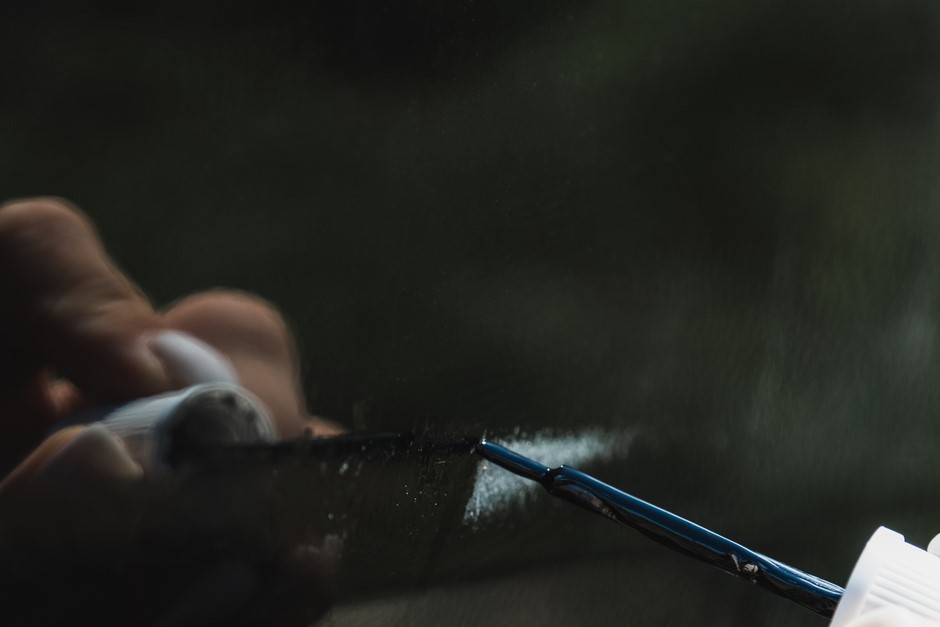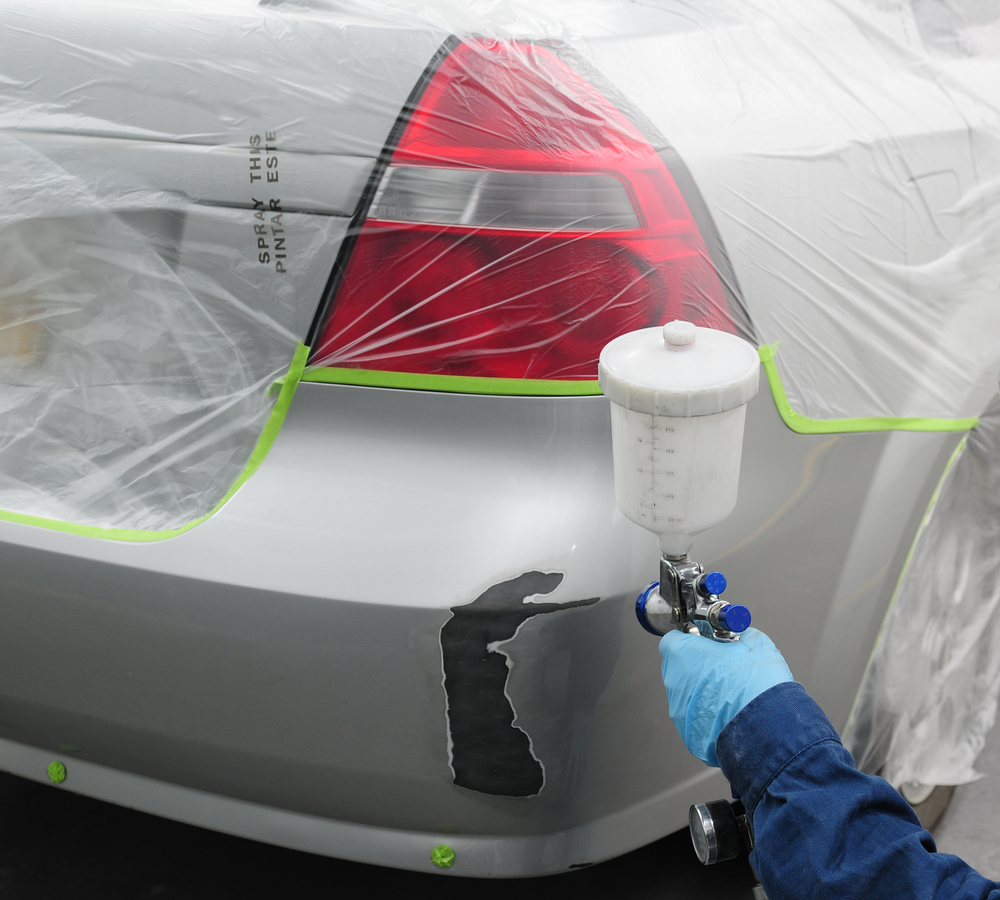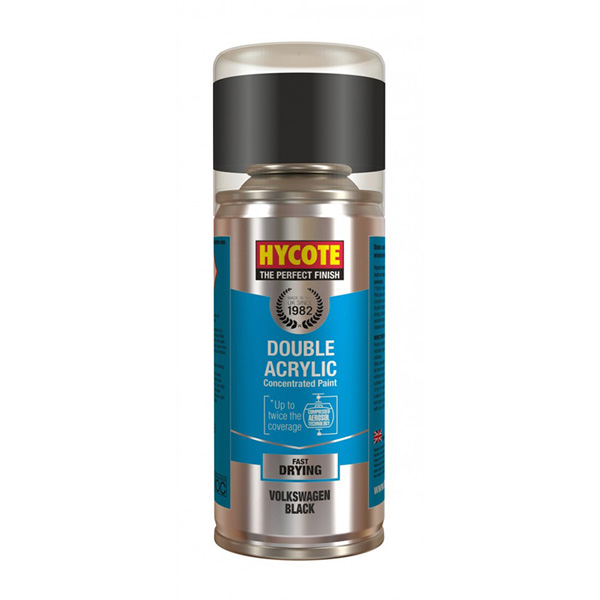Chipped paint is one of the most common issues on a car. With the changing of the seasons, these can occur from roadside gravel hitting your car, as well as grit spreaders during the winter.
If any chips do appear on your car’s paintwork, touch up paint is an effective way to solve the problem. However, if the paint on your car isn’t touched up correctly or quickly enough, it can cause long lasting damage to your vehicle.
We have put together a handy guide which explains where car paint chips can come from and the best ways to touch up the paintwork, so you can get your car looking its best. If your vehicle has any chips or damage that needs touching up, use our car parts finder to help you find the perfect paint for your car.
Where Do Car Chips Come From?
Paint chippings on cars often come from roadside debris and grit from uneven road surfaces. When driving, the movement of your vehicle causes gravel to rise and hit the paintwork of your car; this then embeds itself into the paint, resulting in paint chips.
It is worth noting that certain conditions can generate increased debris, such as driving down motorways at high-speeds or on gravel covered road surfaces. If your car has a chip and rain or ice settles into it, this can go below the surface area of the paint, leading to rust.
If your car has any paint chips from these situations, you will need to touch up your car paint to avoid issues in the future.
How To Fix Paint Chips On A Car
1. Getting The Right Paint Colour
The first thing you need to do before fixing any car chips is getting the right colour. If you buy the wrong colour to touch up your car, you will then have a much bigger job on your hands. So, always make sure you’re buying the right shade for your car.
Often you can find the colour code for your vehicle highlighted on a small plate, in either the firewall inside the glove box, or in the spare tyre wheel well.
If your vehicle is slightly older, the colour may have faded over time, making it difficult to define the true shade. If this is the case, it is a savvy idea to get some scrap metal and apply your touch up paint to it; you can then use this to compare the shade alongside your car’s paintwork.
Along with buying your touch up paint, you will need to buy a primer, which makes sure your touch up paint sticks correctly to the bodywork of your car.
When you have found the right shade and colour for your vehicle, you can then start to apply it.
2. Preparing The Touch Up Area
After you have found your touch up colour, you need to make sure you prepare the area that needs painting correctly. If you rush putting the touch up paint onto your car, you can risk making the area with the chip even worse.
Before starting, you need to sand and wash the area around the chip, so it receives the touch up paint evenly. No matter how big or small the area is checking for rust where the chip is located and applying rust treatment will protect against further corrosion below your new paint. We advise using 220 grade sandpaper to buff the surface before applying your touch up paint.
As mentioned earlier, take time to wash the area thoroughly, making sure any dust or dirt is removed, along with any dried rust treatment residue, as these can cause an uneven paint surface. After cleaning the area, you delicately apply your primer with either a small brush, or even a toothpick.
While doing this, you need to make sure the primer doesn’t cover any of the original paint, only the chipped area. After it has dried, you can start to apply your touch up paint.
3. Applying The Touch Up Paint
You must ensure that your touch up paint has been mixed in the bottle first. If you don’t mix the paint correctly, this will affect the application of the paint to your car.
The best way to apply touch up paint is the same as your primer; use a small brush or matchstick-sized item to touch up the paintwork. If you have a tiny chip to your car paint, you can consider cutting down the matchstick to give yourself more control.

Applying the touch up paint by hand lets you make sure it isn’t thicker than the rest of the paint on the vehicle. It also helps to guard against any blotches and bubbles, while ensuring the paint doesn’t run.
Once you have gently touched up the paint on your car, you must not drive it for a few hours, so the paint has time to dry. If not left, the paint can run and the chip may reappear, meaning you need to start the process again.
After this time has passed, your car paint chip will be gone, and the paintwork will look good as new.
For all of your touch up paint essentials, make sure to check out Euro Car Parts and find the right products for your vehicle today. Once your chip is fixed, get your car gleaming with our guide How to Valet Your Car at Home.




